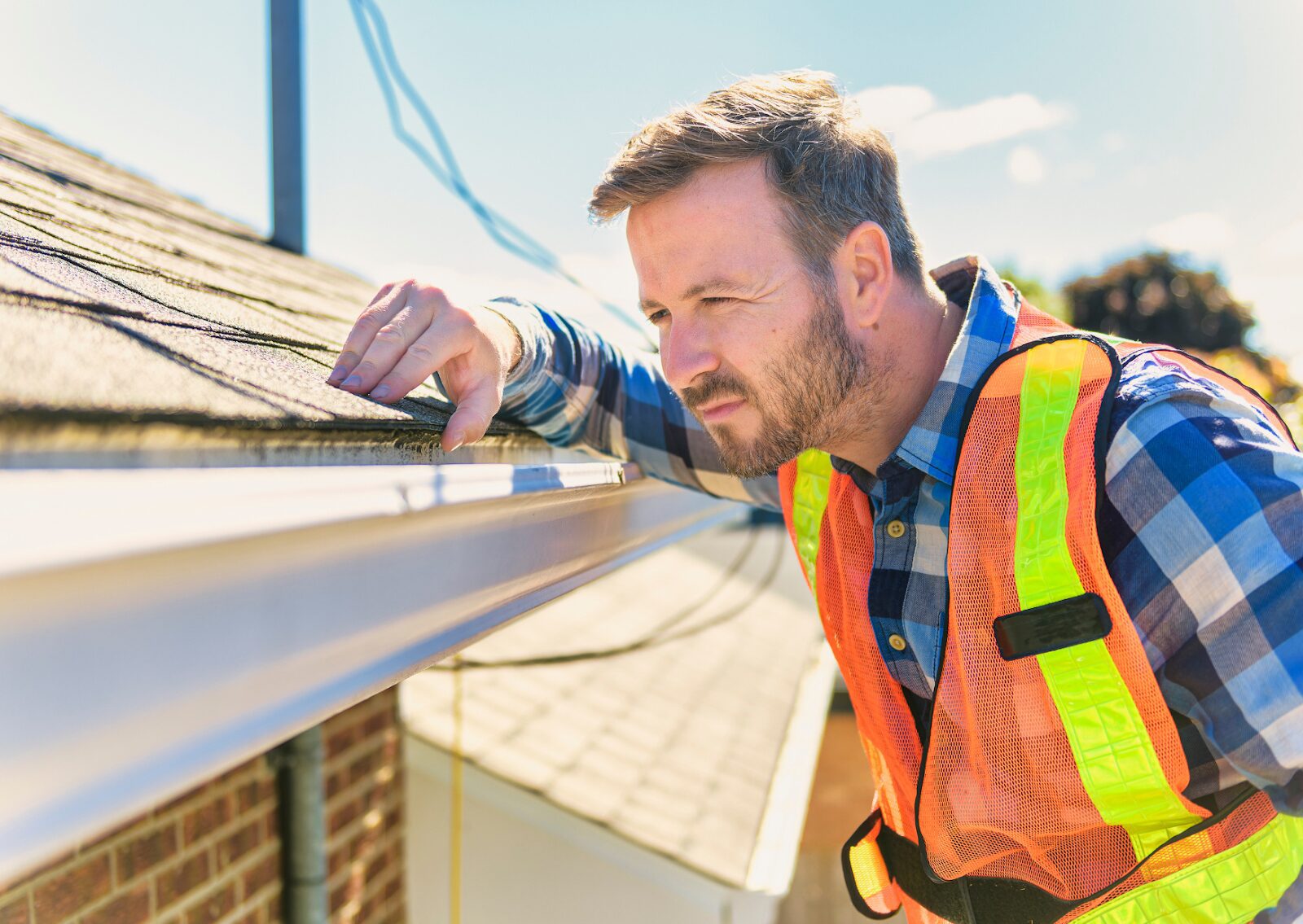
A roof inspection is an essential aspect of home inspection and maintenance, ensuring that your roofing system remains in optimal condition. Regular roof inspections can help identify potential problems early, preventing costly repairs and extending the lifespan of your roof. Whether you’re a new homeowner or looking to maintain your current home, understanding the ins and outs of roof inspections is crucial. This guide will walk you through everything you need to know about getting a roof inspection, including the process, costs, benefits, and more.
What Is a Roof Inspection?
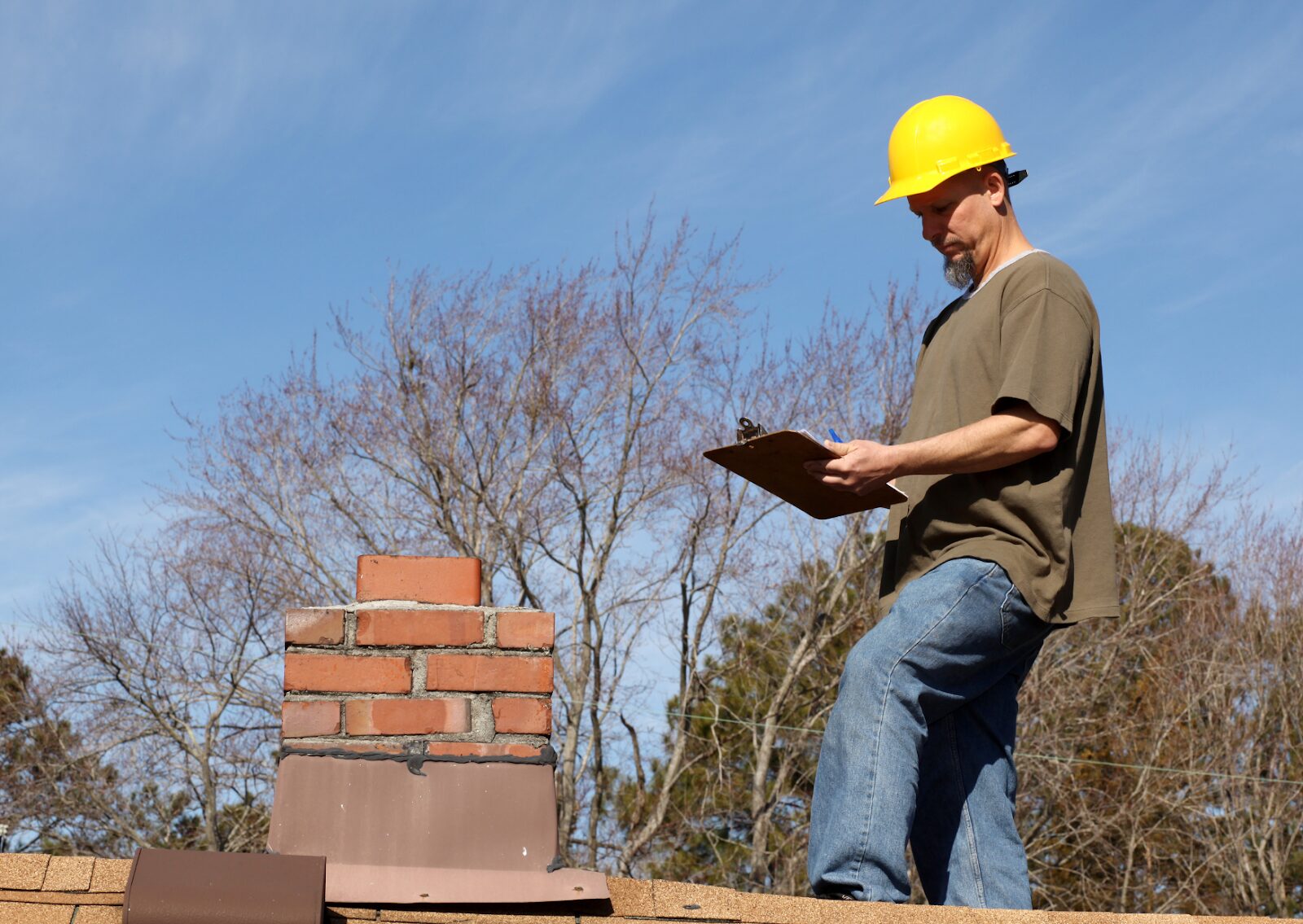
A roof inspection involves a detailed examination of the condition of your roof by a qualified roof inspector. This process typically includes checking for signs of damage, wear, and potential leaks. The goal is to identify any issues that could compromise the roof’s integrity and to recommend necessary repairs or maintenance. The inspection also evaluates the overall roofing materials and other roofing components such as vent pipes and drip edges.
Why Are Roof Inspections Important?

Roof inspections are vital for maintaining the overall health of your roofing system. Regular roof inspections help detect problems early, such as roof leaks, missing shingles, or roof damage, which can prevent more significant issues down the line. A well-maintained roof also enhances the value of your home and provides peace of mind.
Moreover, regular inspections ensure that proper maintenance practices are followed, extending the roof’s life span.
When Should You Schedule a Roof Inspection?

It is recommended to schedule a roof inspection at least once a year, preferably in the spring or fall. Additionally, you should get a roof inspection after severe weather events, such as heavy storms or hail, to ensure no damage has occurred. Regular yearly roof inspections are also crucial for identifying wear and tear that might not be immediately visible.
The Roof Inspection Process
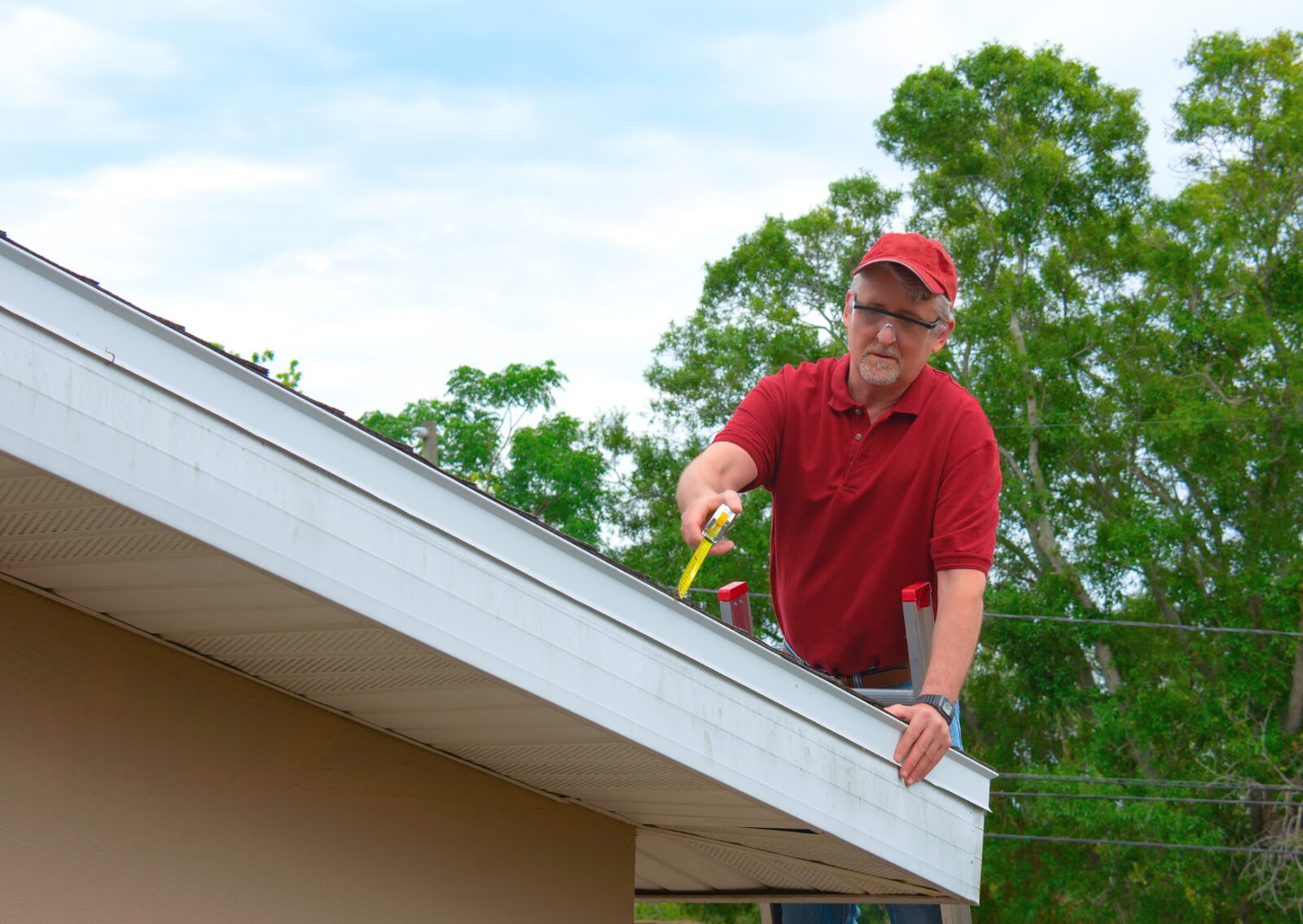
The inspection process typically begins with a simple visual inspection of the roof’s exterior. The roof inspector will look for obvious signs of damage, such as missing shingles, roof leaks, or sagging roof sections. They will also check the roofing material and other components, including roof vents and vent pipes. The inspection may include checking for mold growth and assessing the overall roof’s condition.
Exterior and Interior Inspections
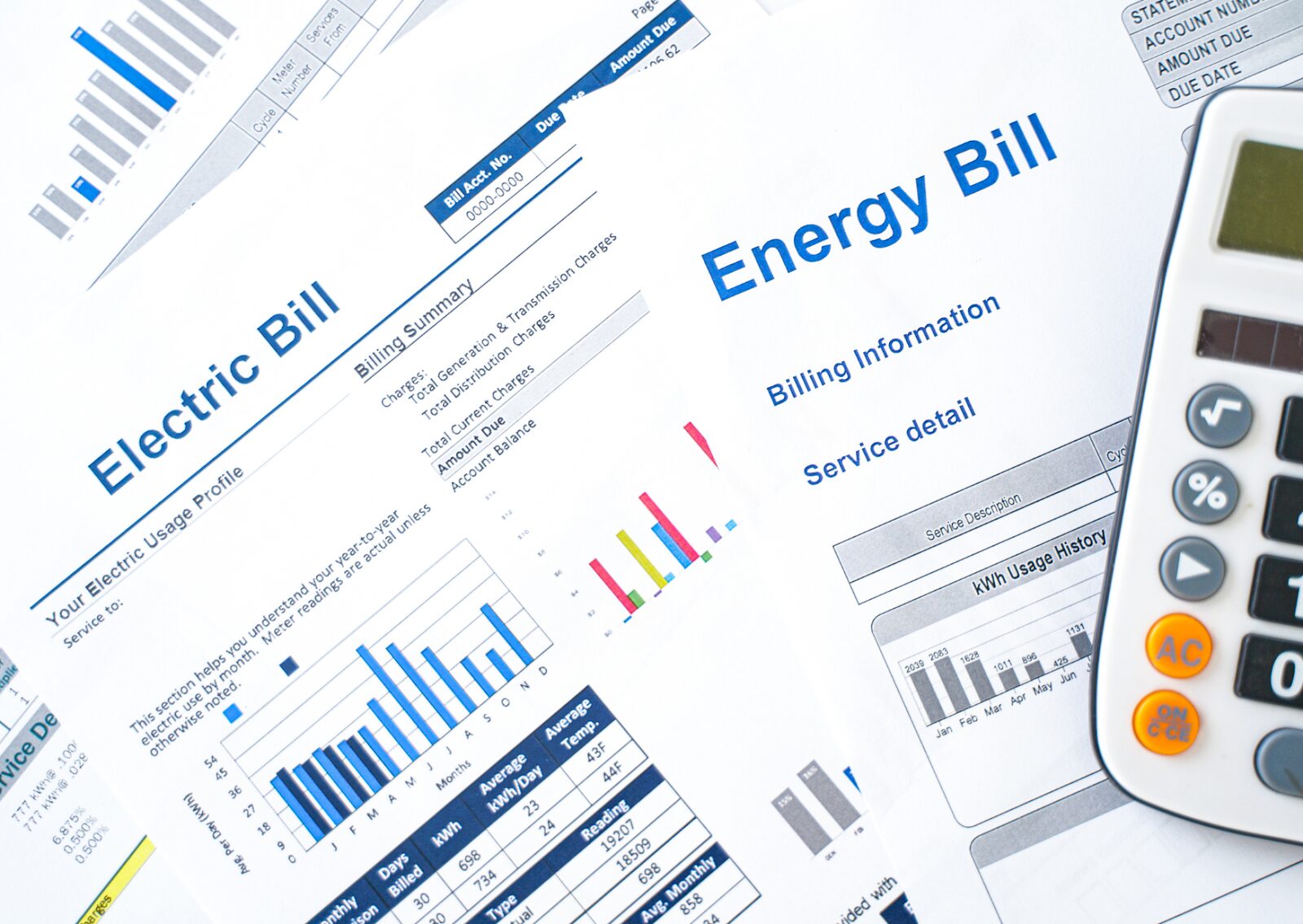
A thorough roof inspection includes both exterior and interior inspections. While the exterior inspection focuses on the roof’s surface, the interior inspection involves checking the attic space for signs of water damage, mold growth, and proper insulation. This helps ensure that the roofing system is working correctly from both inside and out, preventing issues that might compromise the roof’s integrity.
What to Expect from a Professional Roof Inspection
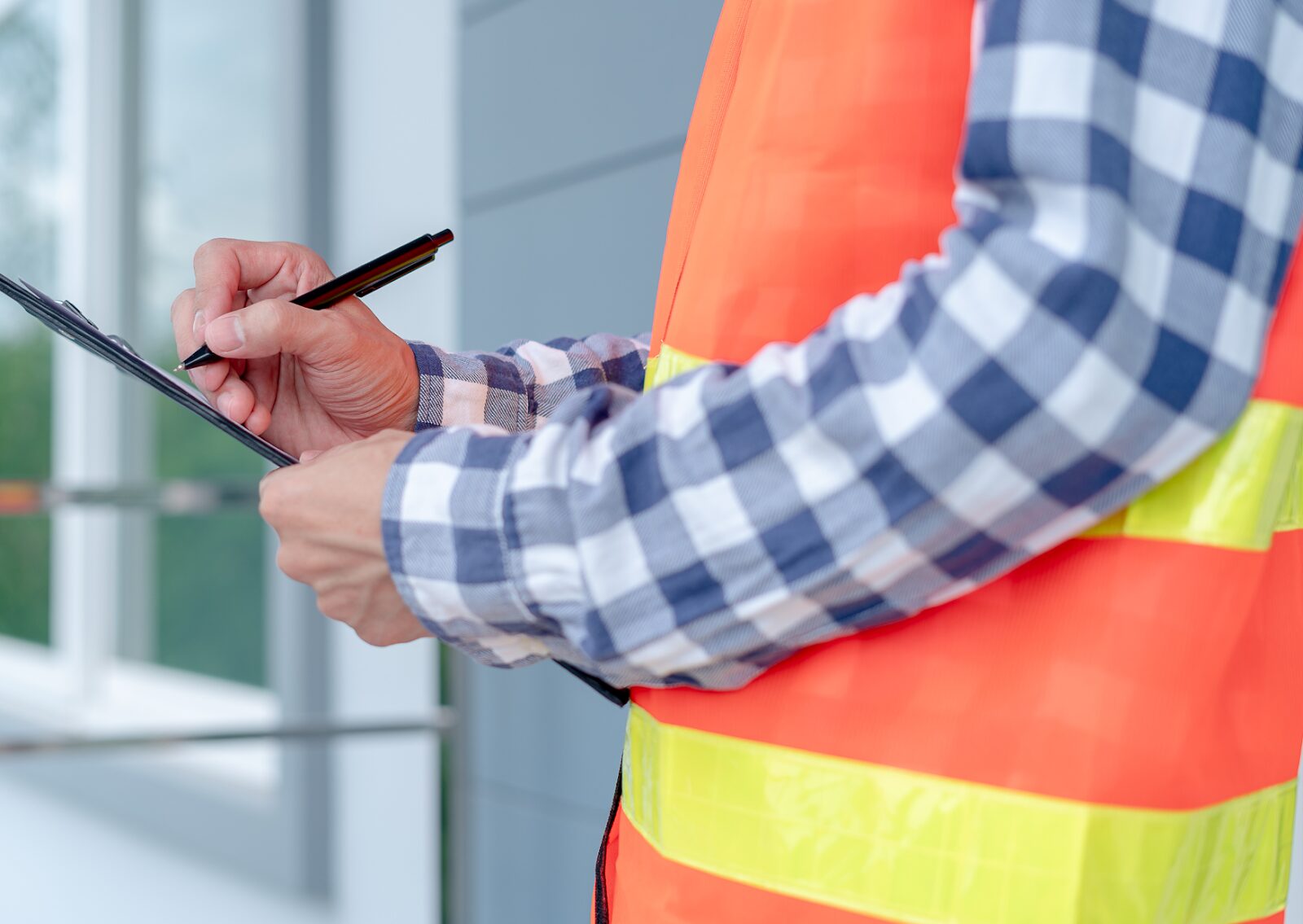
During a professional roof inspection, the inspector will use various tools and techniques to assess the roof’s condition. This may include infrared roof inspections to detect moisture issues that are not visible to the naked eye.
Drone roof inspections are also becoming popular for hard-to-reach areas. These advanced techniques provide a comprehensive view of the roof, identifying issues that might be missed during a standard roof inspection.
Common Issues Found During Roof Inspections

Roof inspectors often find common problems such as missing shingles, roof penetrations, and damaged roof decking. Identifying these issues early can prevent more extensive and costly repairs in the future. They also check for signs of wear on asphalt shingles and other roofing materials that could indicate the need for repair or replacement.
The Role of Roof Inspections in Home Insurance

Most homeowners insurance policies require regular roof inspections to maintain coverage. An insurance company may also request a roof certification to ensure the roof’s condition meets its standards, particularly after significant weather events. Regular inspections can also help when filing a claim, as documented maintenance can support your case for repairs or replacement.
The Cost of Roof Inspections

The roof inspection cost can vary depending on factors such as the size of the roof, its complexity, and its location. On average, a standard roof inspection can cost between $200 and $500. Some roofing companies offer free roof inspections as part of their service package. It’s essential to consider the cost as an investment in your home’s longevity and safety.
DIY Roof Inspections vs. Professional Roof Inspections
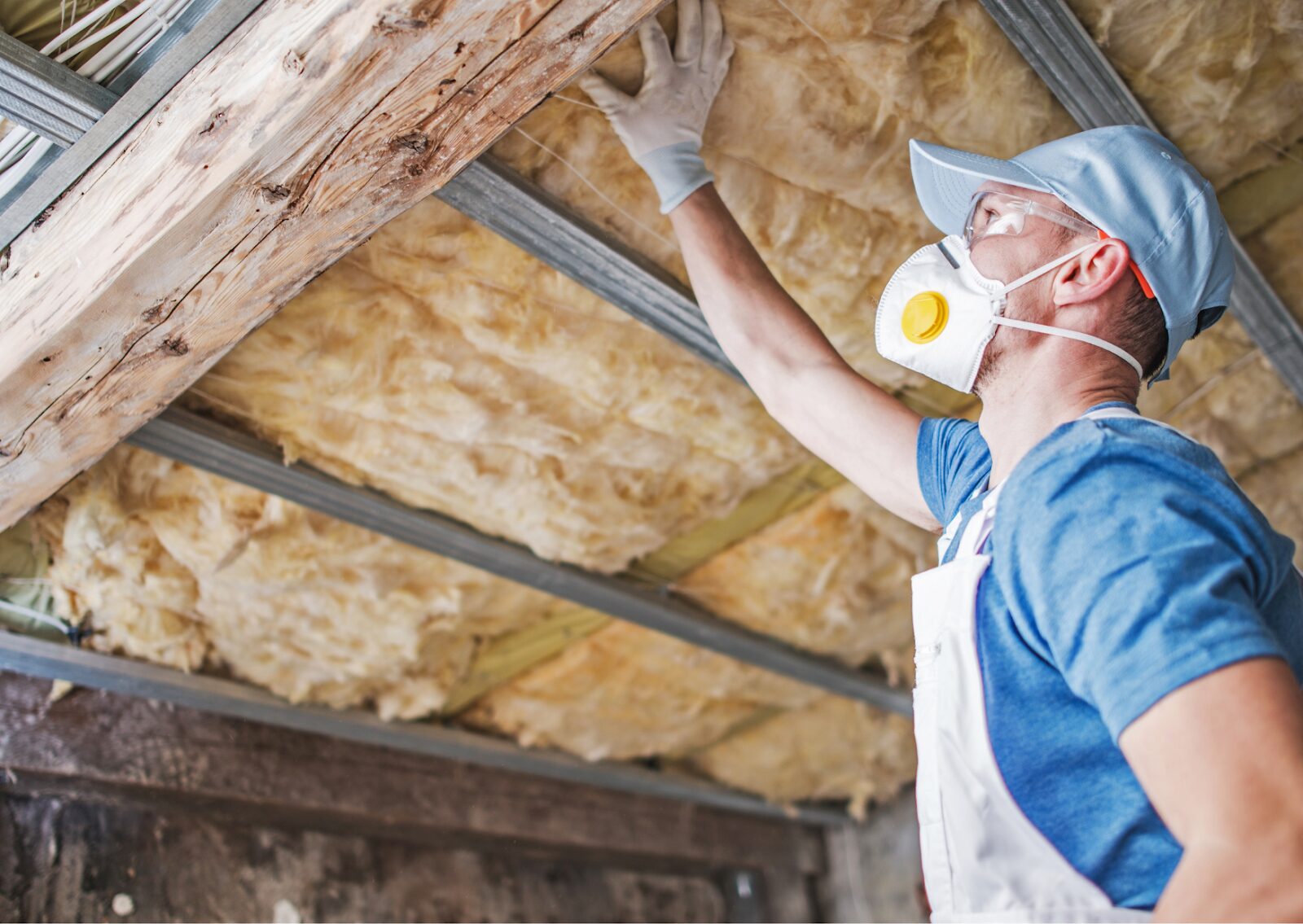
While you can perform your own roof inspection, it is always best to hire a professional inspector. DIY inspections might miss critical issues that a trained eye would catch. Professional roof inspections provide a more comprehensive assessment and peace of mind.
Certified home inspectors are trained to identify subtle signs of damage and wear that might not be obvious to the untrained eye.
How to Choose a Reputable Roofing Company
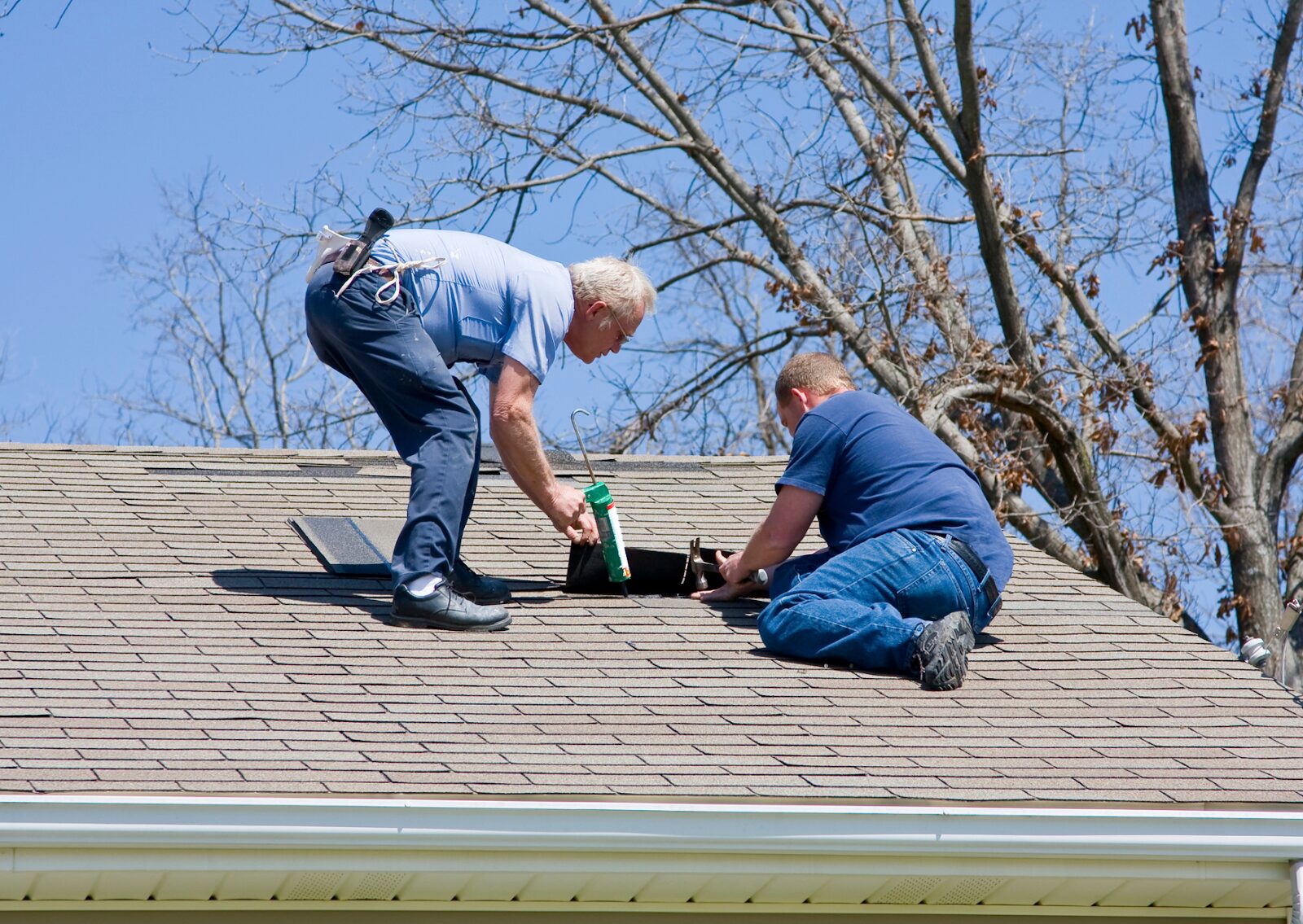
Selecting a reputable roofing company is crucial for a reliable roof inspection. Look for companies with good reviews, proper licensing, and insurance. M&E Roofing Services, for example, offers top-notch professional roof inspections and has a solid reputation in the industry. A reputable roofing company will provide detailed reports and offer guidance on necessary repairs or maintenance.
The Benefits of Regular Roof Inspections
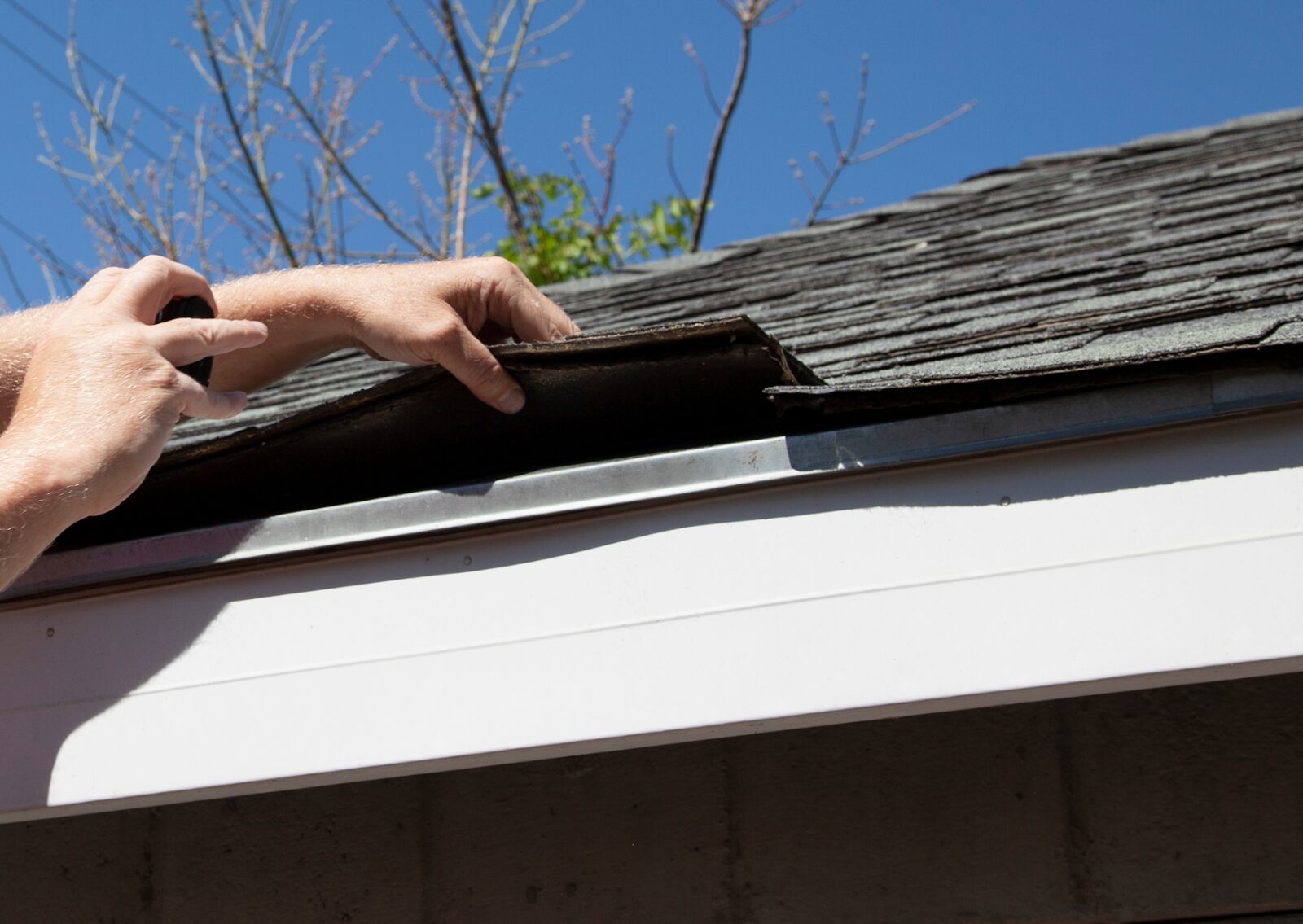
Regular roof inspections offer numerous benefits, including early detection of potential issues, extended roof life span, and improved roof ventilation. They also help maintain the overall structural integrity of your home. By addressing small problems before they become major issues, you can save significant amounts of money and stress.
Preparing for a Roof Inspection
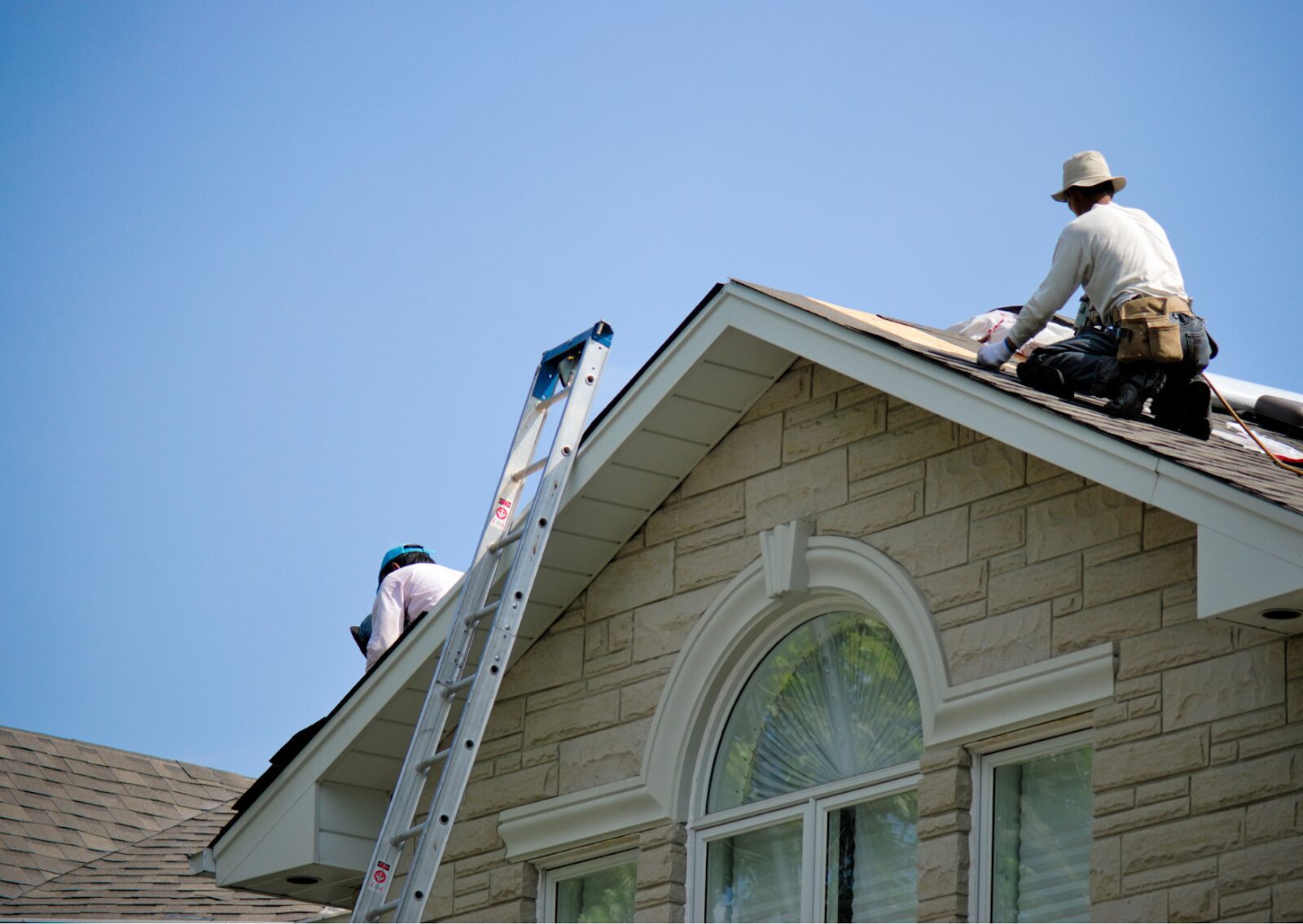
Before the inspector arrives, clear any debris from your roof and ensure easy access to the attic. This preparation can make the inspection process smoother and more efficient. Ensure that all areas of the roof and attic are accessible so the inspector can conduct a thorough examination. Additionally, remove any obstructions around the perimeter of your home that might hinder the inspector’s ability to access the roof safely.
It’s also a good idea to check for any signs of interior water damage or leaks that you can point out during the inspection. Preparing a list of any concerns or specific areas you want the inspector to check can also help ensure a comprehensive assessment.
Understanding the Results of a Roof Inspection
After the inspection, the roofing inspector will provide a detailed report outlining the roof’s condition, any issues found, and recommended repairs. Understanding this report is essential for making informed decisions about your roof’s maintenance. The report may include photographs, diagrams, and descriptions of any problem areas. It will also specify the urgency of the repairs needed, helping you prioritize which issues to address first.
Additionally, the report might suggest proper maintenance practices to prevent future problems. Some inspectors may also include estimates for roof repair costs, giving you a clearer picture of the financial aspect involved.
Common Roof Repairs After Inspections
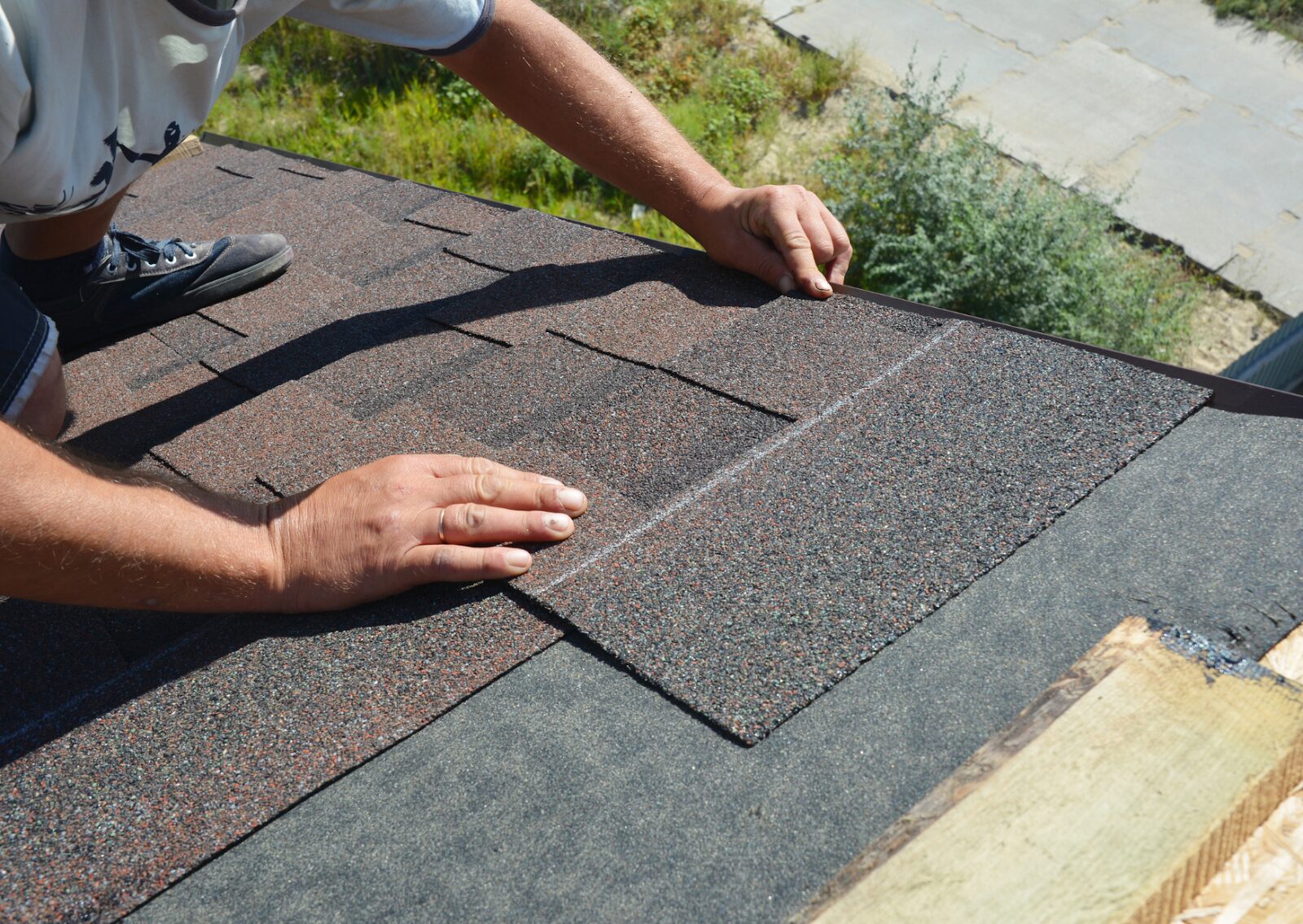
Common repairs recommended after an inspection include fixing roof leaks, replacing missing shingles, and addressing issues with roof penetrations. Timely repairs can prevent further damage and extend the roof’s life span. Regular maintenance and prompt repairs are crucial for avoiding the need for a roof replacement.
Additionally, repairing damaged roof decking and ensuring proper sealing around vent pipes can prevent water infiltration and subsequent structural damage. It’s also essential to check and fix any issues with the chimney cap and drip edge, as these components play a significant role in protecting the roof from water damage. By addressing these issues promptly, you can maintain the integrity and performance of your roofing system.
The Importance of Proper Roof Ventilation

Proper roof ventilation is critical for preventing moisture buildup and maintaining the health of your roofing system. During an inspection, the inspector will check for adequate roof vents and proper airflow to ensure optimal ventilation. Good ventilation prevents issues like mold growth and helps regulate temperature in the attic.
Without adequate ventilation, heat and moisture can become trapped, leading to significant damage to the roofing materials over time. This can also cause the roof’s decking to warp and weaken, compromising the roof’s structural integrity. Ensuring proper ventilation is a key component of a thorough roof inspection and vital for extending the roof’s life span.
Incorporating Roof Inspections Into Home Maintenance
Incorporating regular roof inspections into your home maintenance routine is essential for protecting your investment. A well-maintained roof not only provides safety and comfort but also adds value to your property. Routine inspections help identify issues early and keep the roofing system functioning correctly. They can also prevent minor issues from escalating into major problems that require extensive and costly repairs.
By staying on top of your roof’s condition, you can ensure it remains durable and effective at protecting your home from the elements. Additionally, regular inspections can help you plan for future roof replacements or upgrades, ensuring you are never caught off guard by sudden roof failures.
Advanced Roof Inspection Techniques
In addition to traditional inspection methods, advanced techniques such as infrared roof inspections and drone roof inspections offer a more detailed and comprehensive assessment. These methods can detect hidden issues that standard inspections might miss. Utilizing these technologies ensures a thorough inspection and accurate assessment of the roof’s condition.
Infrared inspections are particularly effective at identifying moisture intrusion and insulation problems that can lead to roof leaks and mold growth. Drones provide a safe way to inspect hard-to-reach areas without the risk of injury to the inspector. By incorporating these advanced techniques, roofing contractors can offer a more precise evaluation and recommend appropriate roof repairs or maintenance.
Schedule Your Roof Inspection Today
Don’t wait until it’s too late to get a roof inspection. Schedule a thorough roof inspection with M&E Roofing Services to ensure your roofing system is in top condition. Visit M&E Roofing Services to learn more and get your roof inspected today!
Understanding the importance of regular roof inspections and knowing what to expect can help you maintain a healthy and long-lasting roofing system. By staying proactive with inspections and repairs, you can prevent major issues, save money, and protect your home. Whether you’re dealing with a new roof or an aging one, regular inspections by a professional roof inspector are key to ensuring your roof remains in excellent condition for years to come. Proper maintenance and timely repairs will help extend the roof’s lifespan and maintain its integrity, keeping your home safe and secure.
Frequently Asked Questions: What Should I Know About Getting a Roof Inspection?
Q: How often should I schedule a roof inspection?
A: It is recommended to schedule a roof inspection at least once a year, preferably in the spring or fall. Additionally, you should get a roof inspection after severe weather events, such as heavy storms or hail, to ensure no damage has occurred.
Q: What does a roof inspection typically include?
A: A roof inspection involves a detailed examination of the condition of your roof by a qualified roof inspector. The process typically includes checking for signs of damage, wear, and potential leaks. The inspector will examine both the exterior and interior of the roof, including the attic space, to assess the roof’s overall health.
Q: Can I perform a roof inspection myself, or should I hire a professional?
A: While you can perform your own roof inspection, it is always best to hire a professional inspector. DIY inspections might miss critical issues that a trained eye would catch. Professional roof inspections provide a more comprehensive assessment and peace of mind.
Q: How much does a roof inspection typically cost?
A: The roof inspection cost can vary depending on factors such as the size of the roof, its complexity, and the location. On average, a standard roof inspection can cost between $200 and $500. Some roofing companies offer free roof inspections as part of their service package.
Q: What should I expect after a roof inspection?
A: After the inspection, the roofing inspector will provide a detailed report outlining the roof’s condition, any issues found, and recommended repairs. Common repairs recommended after an inspection include fixing roof leaks, replacing missing shingles, and addressing issues with roof penetrations. Understanding this report is essential for making informed decisions about your roof’s maintenance.
